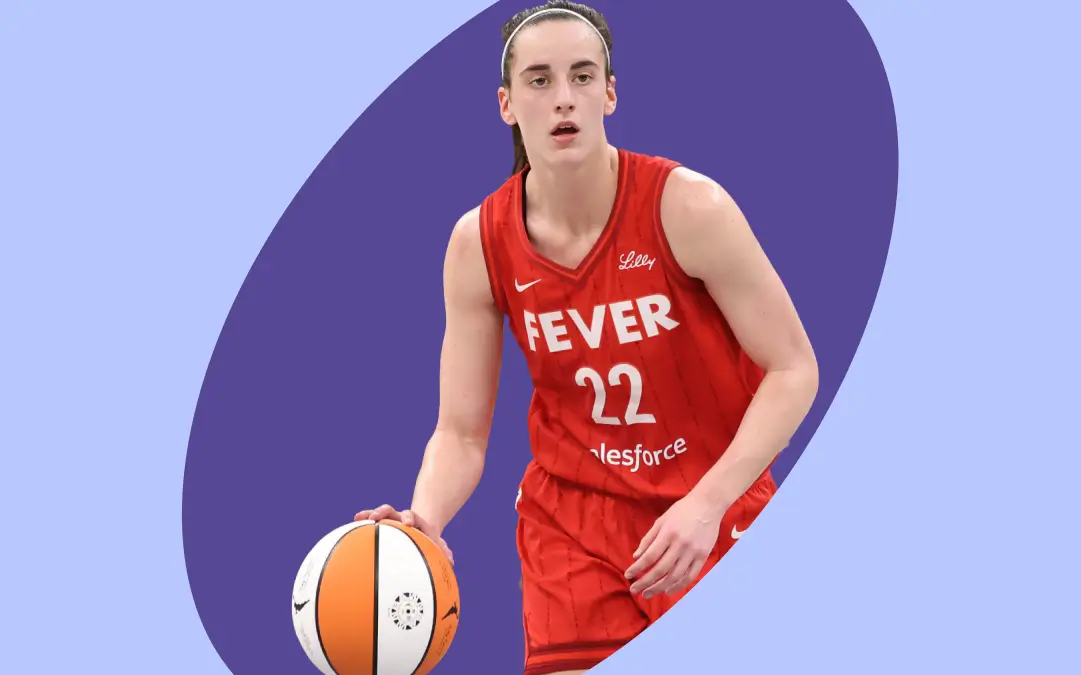Before culture had codes, before brands had voice, before strategy had language, there was belief.
Unspoken. Felt. Known. Shared.
Not the belief written in value statements. Not the kind posted in stairwells and slide decks. The deeper kind. The kind that shapes what people trust, resist, follow, or abandon without ever needing a reason.
That’s what everything stands on. And right now, the ground is shifting.
We’re watching belief systems crack across institutions, industries, even identities. The world is running on fragile assumptions about growth, leadership, about what matters to who and why.
And when the ground starts to move, people feel it long before they can name what’s changed.
In those moments, belief is what holds. Belief in each other. In the future. In whether what they’re part of is still worth fighting for.
The leaders who sense this aren’t just reacting to change, they’re grounding people in something deeper. They’re creating something others can feel, even if they don’t yet have the words.
Belief doesn’t live in strategy or in your onboarding deck. It lives in the stories people tell when no one is watching. In the quiet before a meeting starts. In what they carry home at the end of the day.
If people don’t believe it, they won’t help make it real. And they won’t stay for it.
So, the real work has changed. It isn’t about what we say anymore. It’s about what people can feel is true. That’s where belief begins to take shape.
The leaders who matter now can sense belief before they can say why. They know it forms quietly, between people, in unguarded moments, in the decisions that never make the agenda. They are not trying to manufacture belief. They notice when it starts to take shape, faint but real, waiting to be named.
They do the work that reveals it. In how decisions get made. In what gets rewarded. In which voices get heard.
They build organizations that can hold hard questions without rushing to easy answers. Teams that understand the difference between tension that creates and tension that destroys.
When belief takes root, real belief, the kind that does not need defending, it changes what is possible.
Not because someone wrote it down. Because everyone already knows.
That is what we are building at Emotive Brand. A practice built on belief. Because what endures isn’t what you say, but what people feel is true. What lasts when markets shift and strategies change. What people remember. And why they stay.










